India to top global remittances chart with USD 66 billion in 2017: World Bank
Wed 04 Oct 2017, 13:22:20
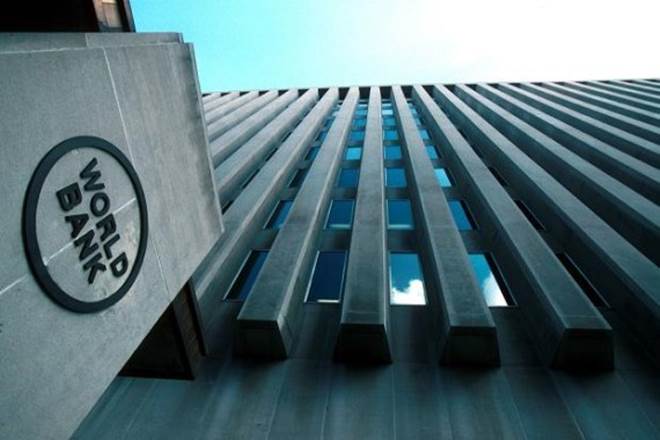
India is expected to retain it position as the top remittances receiving country, with its diaspora set to pump in a whopping USD 65 billion in the year 2017, the World Bank said on Tuesday.
Ahead of the annual meeting of the International Monetary Fund and the World Bank, a report issued by the global lender said that remittances, which include flows to high-income countries, are projected to grow by 3.9 per cent to USD 596 billion.
After India the other top five remittances receiving countries are China (USD 61 billion), the Philippines (USD 33 billion), Mexico (USD 31 billion), and Nigeria (USD 22 billion).However, as a share of gross domestic product (GDP) for 2017, the top five recipients are smaller countriesthe Kyrgyz Republic, Haiti, Tajikistan, Nepal, and Liberia.
Remittances growth to the South Asia region, the bank said will be moderate at 1.1 per cent to USD 112 billion this year, due to continuing impact of lower oil prices and 'nationalisation' polices leading to constrained labor market conditions in the Gulf Cooperation Council (GCC) countries.Remittances to India, the worlds largest remittance recipient, will grow by 4.2 per cent in 2017 to USD 65 billion, following a decline of nine per cent in 2016.
India, in 2016, received remittances amounting to USD 62.7 billion.
Flows to Pakistan are expected to remain flat this year, while Sri Lanka, Bangladesh and Nepal will see a decline.Remittances to the region will grow by a weak 2.6 per cent
to USD 114 billion in 2018, the bank said. Indias remittances in 2018 is expected to grow at 2.5 per cent.
to USD 114 billion in 2018, the bank said. Indias remittances in 2018 is expected to grow at 2.5 per cent.
According to the bank, the economic slowdown in the GCC has adversely impacted migrant worker flows from the South Asia Region.
For Pakistan, registered migrant workers in Saudi Arabia dropped from 522,750 in 2015 to 462,598 in 2016; those in the United Arab Emirates fell from 326,986 in 2015 to 295,647 in 2016.
With only 89,624 registered for Saudi Arabia up to July 2017, a steep fall in Pakistani migration to that country is anticipated.
The number of Indian workers emigrating to Saudi Arabia dropped from 306,000 in 2015 to 162,000 in 2016; those going to the United Arab Emirates decreased from 225,000 in 2015 to 159,000 in 2016.
Total Indian worker outflows fell from 781,000 in 2015 to 506,000 in 2016, the bank said.
Bangladesh on the other hand bucked the trend somewhat given earlier Saudi plans for recruitment of 400,000 workers (half of them female) from Bangladesh.
"Remittances are a lifeline for developing countries; this is particularly true following natural disasters, such as the recent earthquakes in Mexico and the storms devastating the Caribbean," said Dilip Ratha, lead author of the Brief and head of KNOMAD or Global Knowledge Partnership on Migration and Development, which is a global hub of knowledge and policy expertise on migration and development issues.
No Comments For This Post, Be first to write a Comment.
Most viewed from Specials
Most viewed from World
AIMIM News
Latest Urdu News
Most Viewed
May 26, 2020
Which Cricket team will win the IPL 2025 trophy?
Latest Videos View All
Like Us
Home
About Us
Advertise With Us
All Polls
Epaper Archives
Privacy Policy
Contact Us
Download Etemaad App
© 2025 Etemaad Daily News, All Rights Reserved.



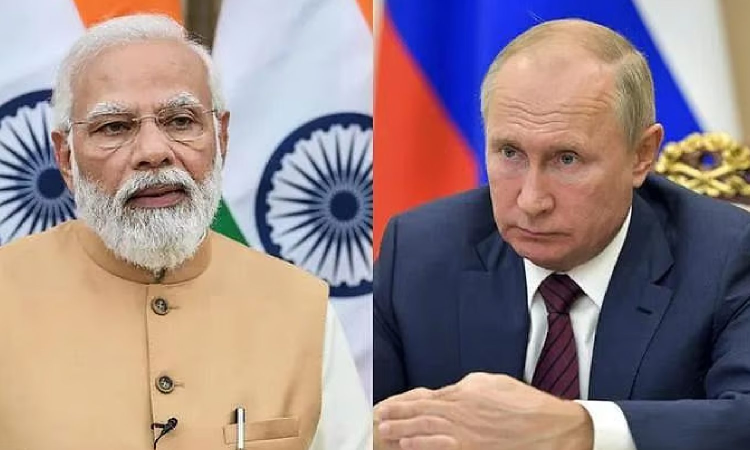
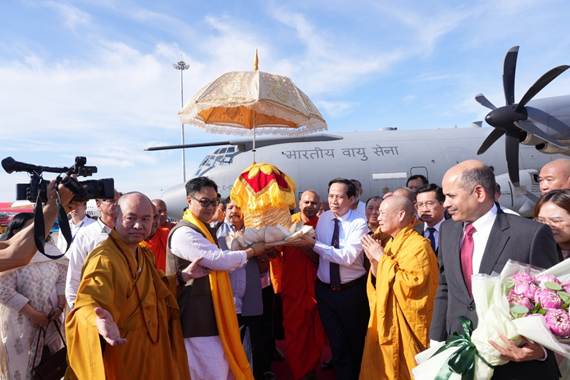

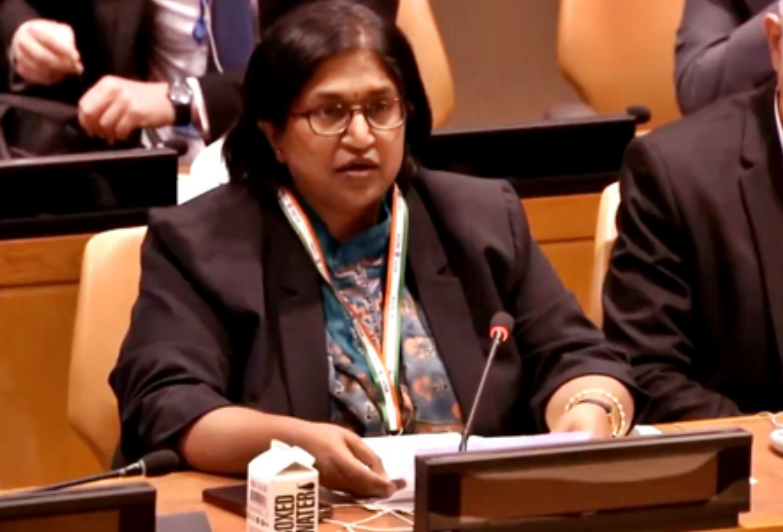
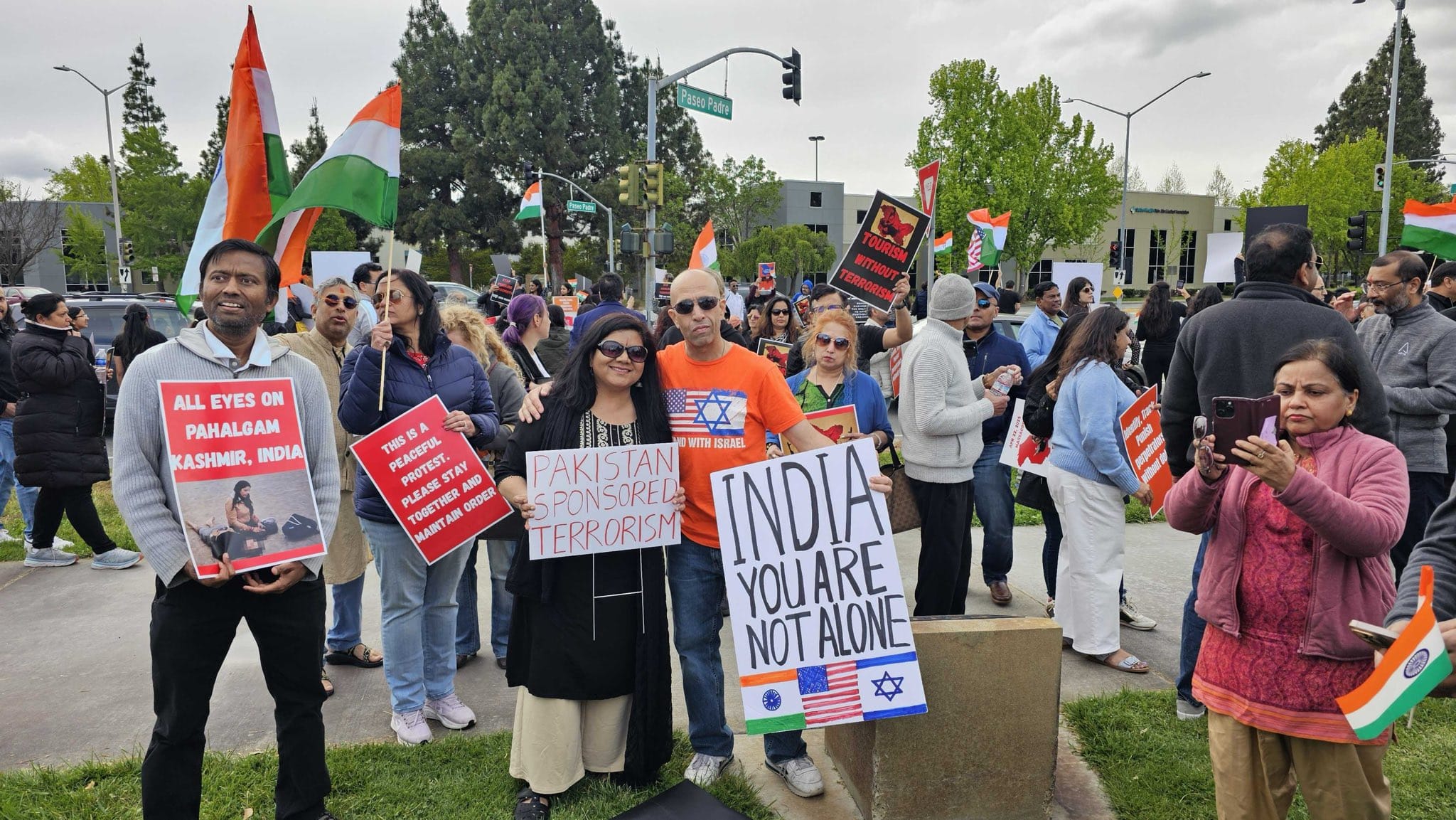


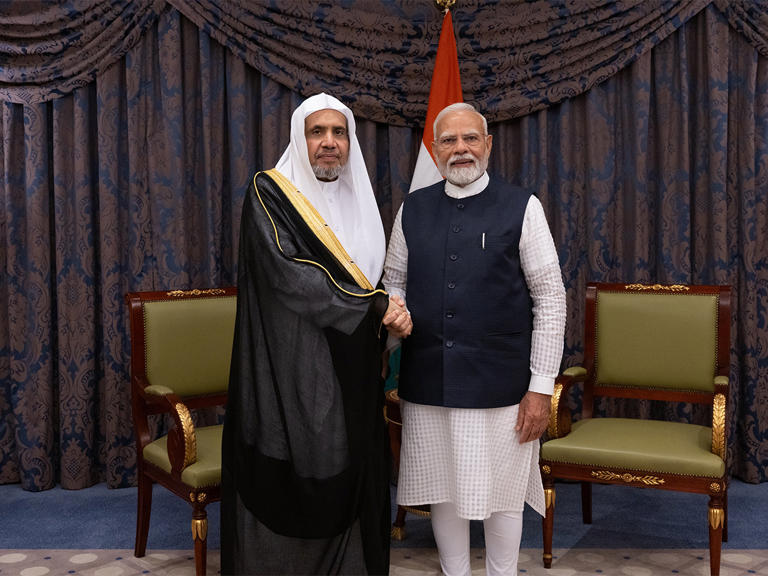

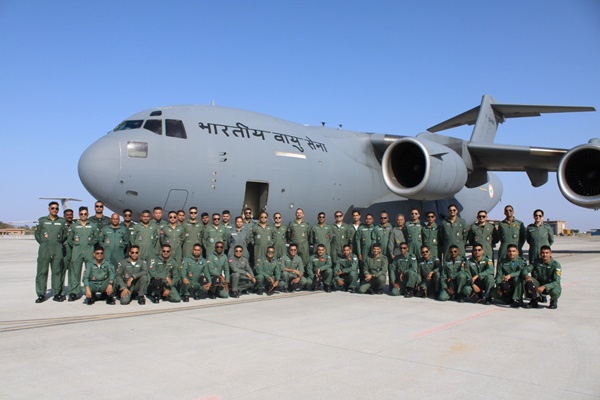









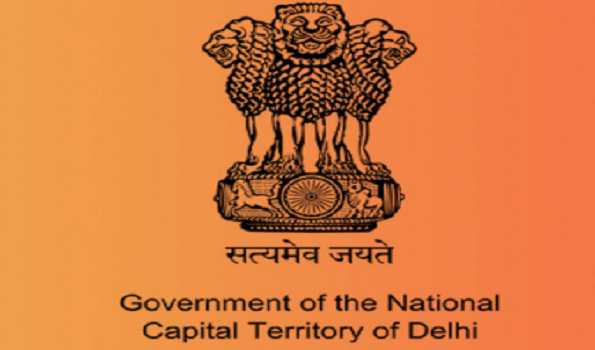






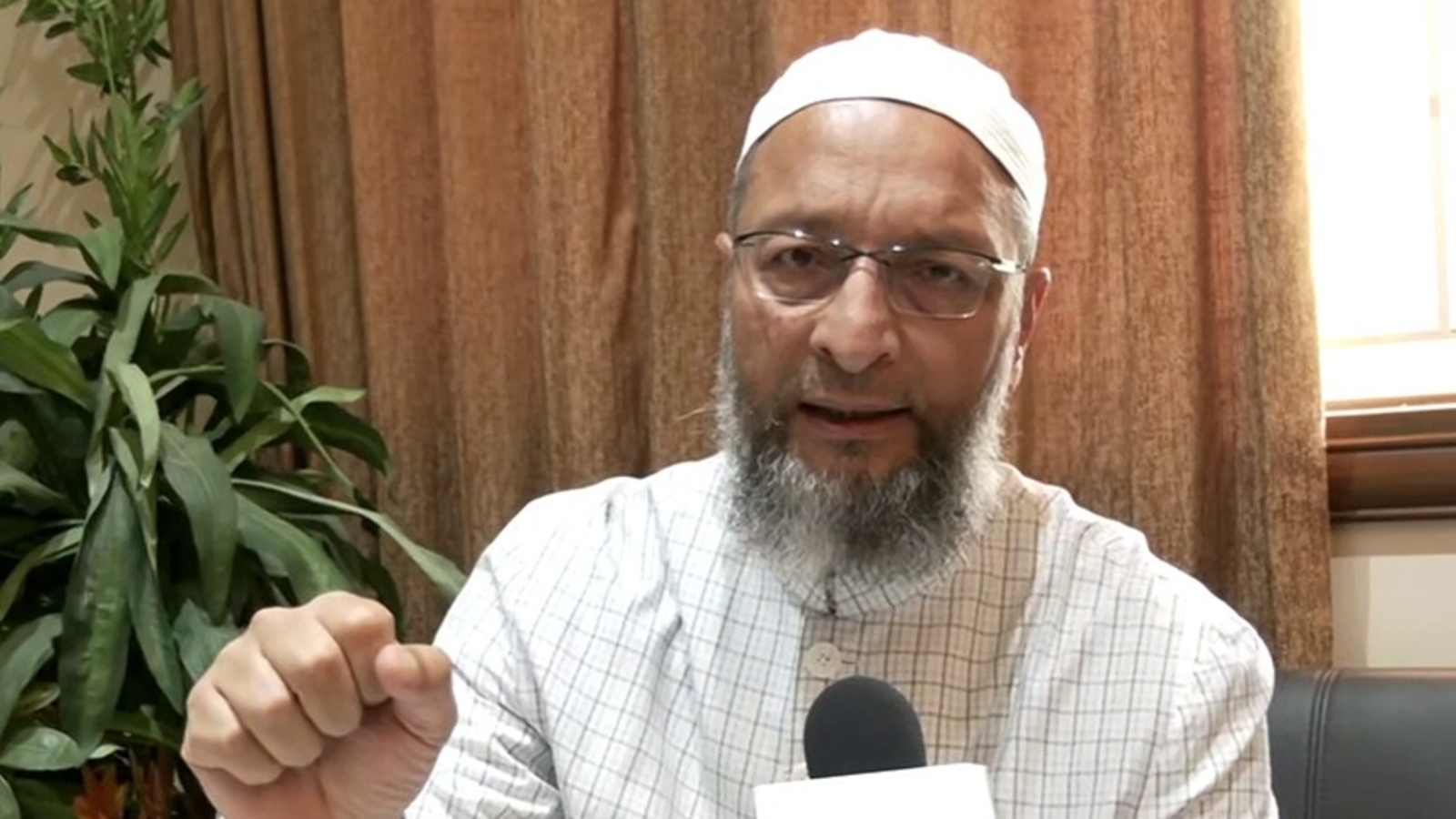


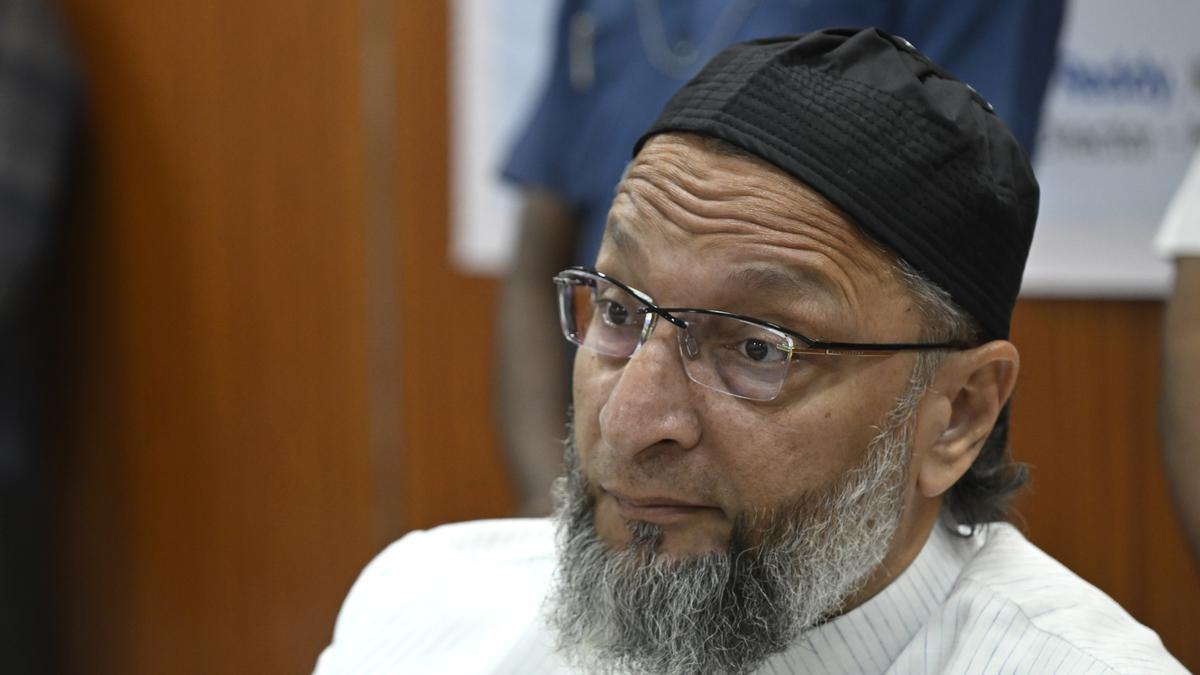




.jpg)




